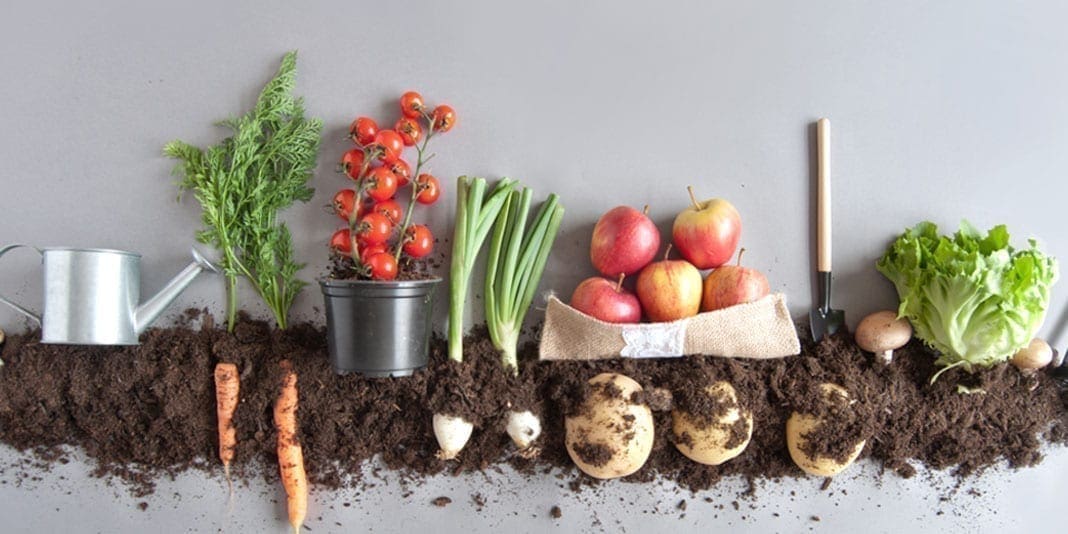Climate change and environmental issues are high on the list of pressing concerns people want to see addressed by their governments. The earth is our only home, and it’s a beautiful one shared with many amazing plants and creatures; keeping it healthy from human-caused destruction seems like an obvious goal. Yet, we can’t always rely on institutions to do the right thing right away. Instead, we can do our part while pushing for those systemic changes.
Composting is a great way to help lessen the burden we place on the environment starting right now. When you compost, you’re removing a significant portion of debris that ends up in landfills and contributes to the increase in greenhouse gases that hasten climate change. By composting, you take biodegradable material and give it back to the earth for reusing, minimizing the number of greenhouse gases unleashed during decomposition.
Ready to do your part by composting? Here’s how:
- Decide whether you’ll create your compost pit or bring your compost to a location that will process it for you, like a botanical garden or local farm. If you process your own compost, you can either dig a hole in your yard, or if you’re in an apartment, purchase a large water cooler or a tank specifically meant for composting. If doing the latter, you must add in dirt and organisms that will breakdown the compost you add in.
- Learn what’s compostable and the different compostable materials. Compost is broken into two categories — green and brown compost. Green compost is less about the color and more about the high nitrogen content, while brown compost refers to being a carbon source.
- Get yourself a cute compost bin like this stainless steel model with a built-in carbon filter that you can pile your compost into before putting it all in the pit or taking it for processing.
- Each time you dump your house compost into the main compost pile, be sure to cover it with a light layer of soil. Occasionally dampening your compost pile helps the breaking-down process along too.
- Continue the process until your compost pile is full and then dig a new compost pit or use up your fresh, mineral-rich soil when gardening.
Composting might seem a little dirty at first, but you’ll probably find that it’s surprisingly satisfying to know you’re doing your part to help the environment and reducing the amount of trash you send to a landfill. This crash course in composting will get you started on this fun and interesting way to be a little greener.




































